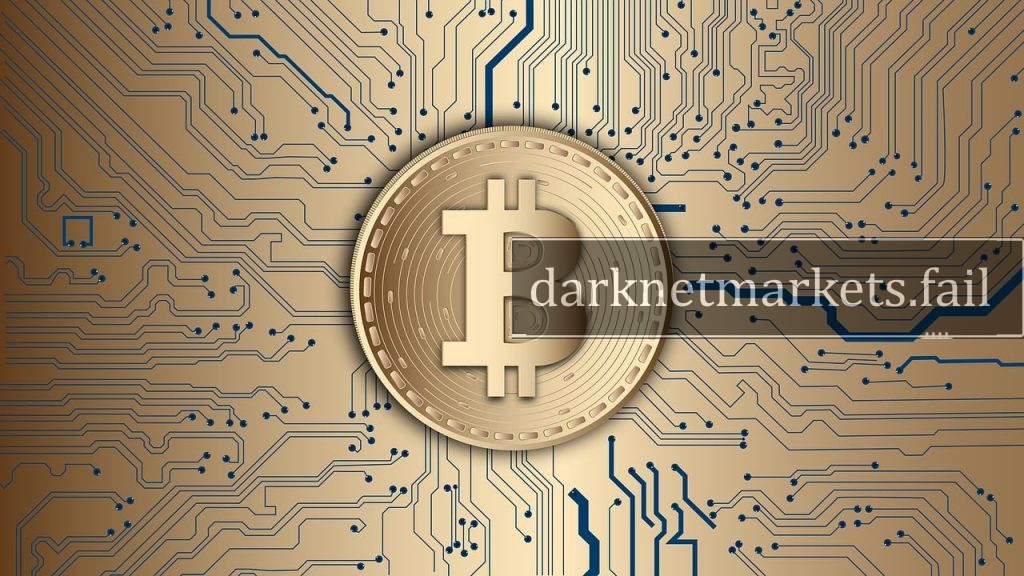The Blacknet Journal: Exploring the Hidden Layers of the Internet

The Blacknet Journal – In the vast digital ocean we call the internet, there exists a shadowy, complex, and often misunderstood realm known as the darknet. Tucked away behind encrypted browsers and anonymous entry points, this hidden network has long been the subject of fascination, fear, and countless myths. And within this space, a growing body of insight, stories, and investigations has emerged—led by what is now known as The Blacknet Journal.
Part exposé, part technical archive, and part cultural commentary, The Blacknet Journal is a digital chronicle dedicated to peeling back the layers of the dark web. It dives into the decentralized underworld of marketplaces, privacy protocols, cybercrime, whistleblowing platforms, and uncensored communication that thrives beneath the surface of the clear web.
But what exactly does The Blacknet Journal cover? Why does it matter? And what can we learn from this mysterious corner of the internet?
Let’s explore.
1. What is The Blacknet?
To understand The Blacknet Journal, we must first understand what “Blacknet” refers to.
The term Blacknet is often used to describe:
- Decentralized, encrypted networks that resist surveillance and censorship
- Unindexed sections of the internet accessible via tools like Tor, I2P, or Freenet
- Anonymous ecosystems where privacy is a feature, not a bug
This includes everything from darknet marketplaces and forums to hidden file-sharing services and whistleblower dropboxes.
In essence, Blacknet is not just about illegal activity—it’s about privacy, autonomy, resistance, and in some cases, rebellion against centralized control.
2. The Mission of The Blacknet Journal
The Blacknet Journal was created to bring clarity, education, and balanced insight into a space that is too often portrayed as a lawless free-for-all.
Its core missions:
- Demystify darknet operations for the curious and cautious
- Document the evolution of darknet markets, privacy tech, and cybersecurity threats
- Investigate major actors, scams, law enforcement takedowns, and crypto trends
- Preserve the digital culture and dialogues happening in hidden forums
The journal doesn’t glorify or condemn—it observes, analyzes, and translates the darknet’s complexities for both experts and casual readers.

3. What You’ll Find in The Blacknet Journal
The content spans a wide range of topics, often with an investigative tone and open-source research model.
Typical entries include:
- Marketplace reports: Verified listings, scam alerts, and exit scam breakdowns
- Security guides: How to safely navigate Tor, encrypt communications, or use Monero
- Interviews: With anonymous developers, privacy activists, or cybersecurity professionals
- Case studies: Deep dives into operations like Silk Road, Alphabay, or DarkSide
- News briefings: Covering seizures, arrests, crypto tracing technologies, and new darknet entries
- Ethical discourse: Exploring the grey area between privacy rights and criminal exploitation
Each post in The Blacknet Journal is heavily sourced, highly technical where necessary, and presented in a tone that respects both privacy and law.
4. Tools & Technology Behind the Curtain
The Blacknet ecosystem runs on a sophisticated stack of privacy-preserving technologies. The journal not only documents them—it explains them.
Technologies often covered include:
- Tor (The Onion Router): The primary method for accessing .onion sites.
- PGP Encryption: A fundamental tool for secure communication across darknet services.
- Cryptocurrencies: From Bitcoin to Monero, enabling anonymous transactions.
- I2P and Freenet: Lesser-known alternatives to Tor, with unique structures and advantages.
- Tails OS: A live operating system designed for privacy and anonymity.
- Blockchain analysis tools: Used by both researchers and law enforcement to trace crypto movement.
These tools aren’t just used by cybercriminals—they’re lifelines for whistleblowers, journalists, activists, and people living under repressive regimes.
5. The Ethical Paradox of Anonymity
One of the most interesting discussions inside The Blacknet Journal isn’t about software or markets—it’s about ethics.
The darknet blurs the line between freedom and chaos. It is a sanctuary for political dissidents and, simultaneously, a haven for criminals. The Blacknet Journal wrestles with this duality regularly.
- Is it ethical to provide guides for accessing the darknet?
- Can true privacy exist in a world that needs regulation?
- Where do we draw the line between decentralization and accountability?
The journal doesn’t always have answers—but it asks the questions that matter.
6. Why The Blacknet Journal Matters in 2025
As surveillance increases, and digital rights are eroded in the name of security, The Blacknet Journal becomes increasingly relevant.
Here’s why:
- Journalism is under attack in many regions. Anonymous communication is vital.
- Cryptography is a battleground between open-source communities and governments.
- Censorship is rising, from social media platforms to internet infrastructure.
- Cybercrime is evolving, and staying informed is crucial for defense.
By documenting the rise of decentralization and the digital underground, the journal empowers readers to stay ahead of trends that will shape the future of privacy, security, and liberty.
7. Who Is The Journal For?
While some content is highly technical, The Blacknet Journal is designed to be accessible to:
- Cybersecurity professionals
- Privacy advocates
- Journalists and researchers
- Cryptocurrency enthusiasts
- Curious tech explorers
- Policy makers and regulators seeking a clearer picture of the space
It’s a meeting place for anyone interested in the evolving dynamics of anonymity, technology, and power.
Final Thoughts: Journalism in the Shadows
The Blacknet Journal is more than a website or a blog—it’s a historical archive of the decentralized internet. As the lines between surveillance and freedom grow thinner, this journal serves as both a guide and a warning.
The darknet is not a single place, nor is it inherently evil or virtuous. It is a reflection of human nature—our desire for privacy, control, rebellion, and connection. And The Blacknet Journal is the mirror that helps us make sense of that reflection.
So if you’re ready to peel back the surface of the web and explore its deepest, most misunderstood corners—The Blacknet Journal awaits.



